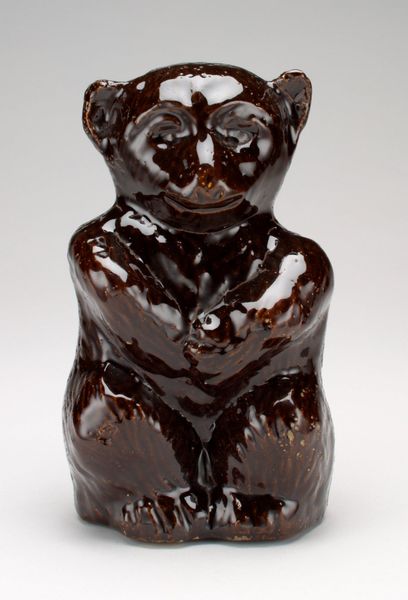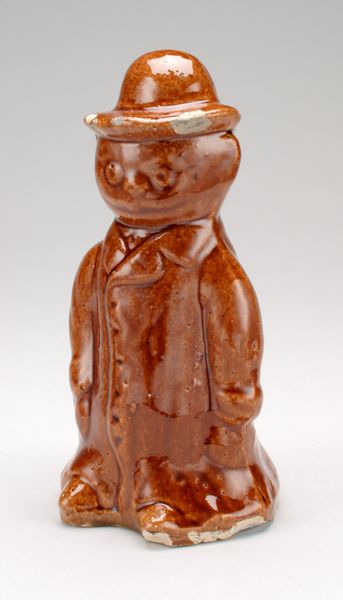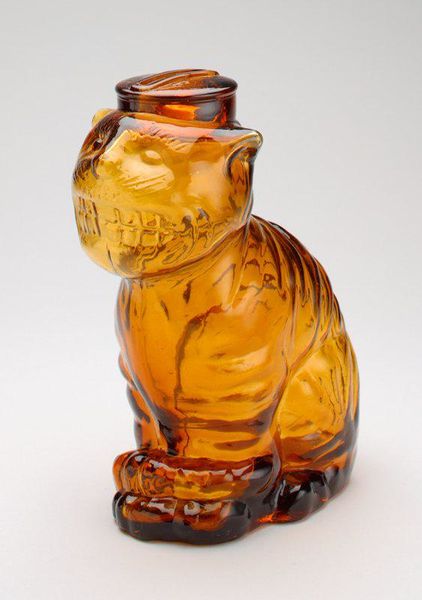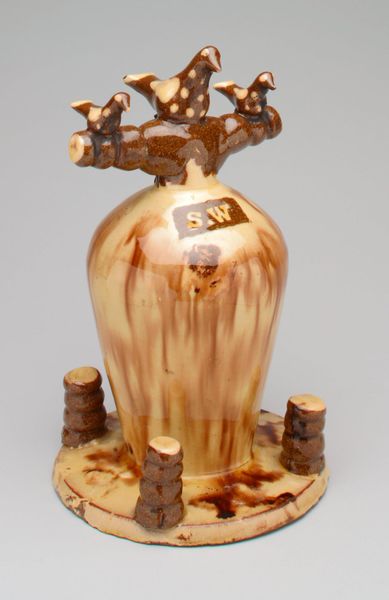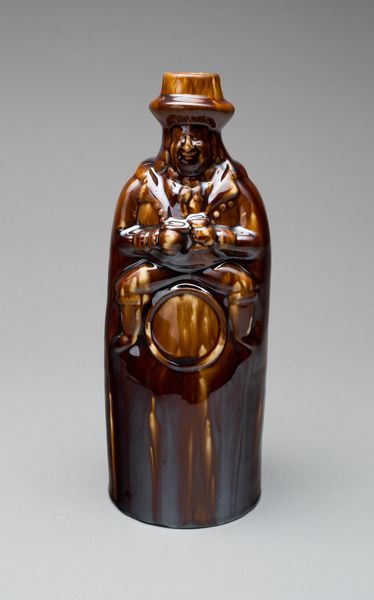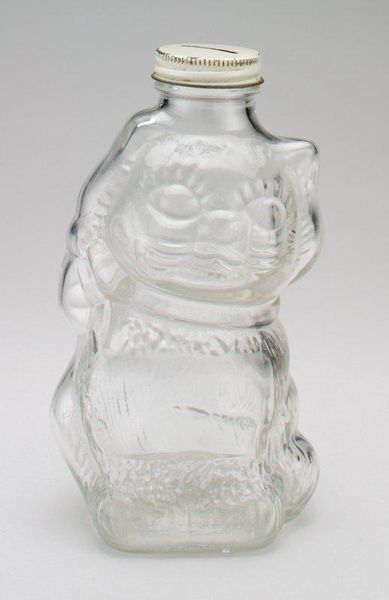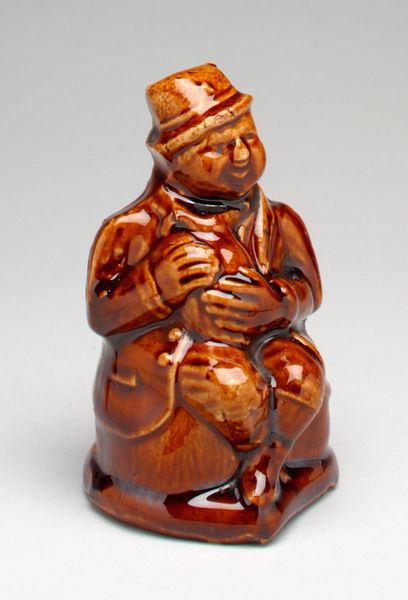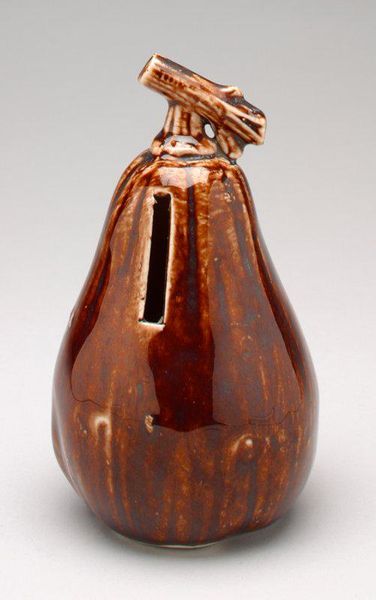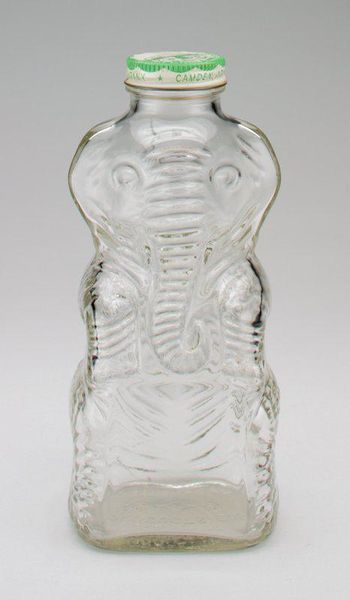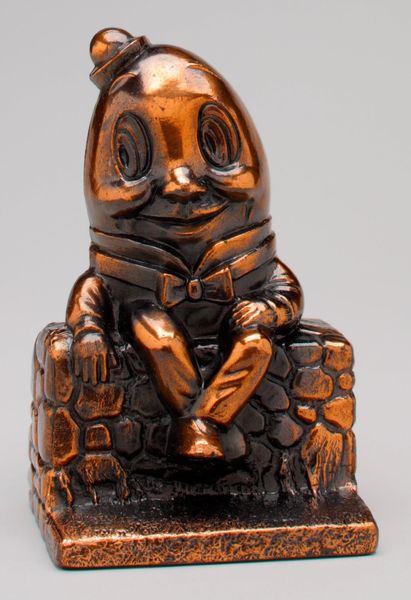
ceramic, sculpture
#
portrait
#
ceramic
#
figuration
#
stoneware
#
england
#
sculpture
Dimensions: 5 1/4 x 2 1/4 x 2 5/8 in. (13.34 x 5.72 x 6.67 cm)
Copyright: Public Domain
Editor: Here we have an intriguing piece from around the 19th century, an anonymous ceramic sculpture called "-Man in Tricorn Hat- still bank." It's a brown glaze and looks a bit like a caricature. What do you see in this work? Curator: The focus for me lies in the material and the means of its production. This wasn’t intended as a high art sculpture but something more functional, made accessible through its relative affordability. The glaze, the seemingly simple act of forming clay, reveals a story of labour and the democratization of art – or, perhaps more accurately, design. It blurs the lines between "art" and a commodity. Who would have purchased such an item, and why? Editor: That's interesting, focusing on it as a commodity rather than just art. So, the purpose it serves affects its artistic value? Curator: Not artistic "value" in a traditional sense, but it redirects our focus. Consider the conditions under which this was made. The accessibility of ceramic allowed for mass production, changing the artist’s role from unique creator to a cog in a larger industrial process. Did the artist have control over design, or was it dictated by the market? The runny glaze appears to be applied carelessly, almost as if rushed and without focus on the appearance as much as it's mass manufacture. Editor: So it's less about the aesthetic choices, and more about the socio-economic ones? Curator: Exactly! It reflects the period's complex relationship with labor, material consumption and mass manufacture that goes hand in hand with British trade. It's an artifact shaped as much by societal pressures and its means of production as by any singular artistic vision. Editor: Wow, I hadn't thought about it that way. It really changes how you look at everyday objects from the past. Curator: Indeed. By analyzing materials and methods of production, we can begin to decode broader cultural narratives often overlooked.
Comments
No comments
Be the first to comment and join the conversation on the ultimate creative platform.
